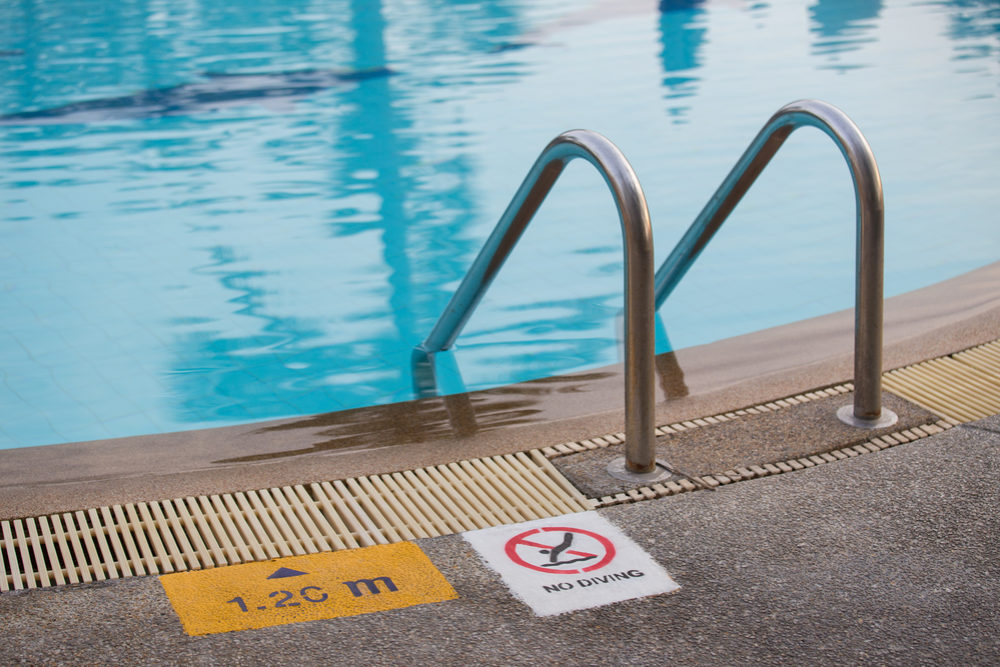Pool Chemical Problems Send Thousands to Emergency Room Each Summer, CDC Warns

A new report released by federal health officials calls for increased awareness about the risk of problems from pool chemicals, which send more than 4,500 people to the emergency room each year.
The U.S. Centers for Disease Control and Prevention (CDC) released data on pool chemical injuries this week, in the agency’s Morbidity and Mortality Weekly Report, which indicates that pool chemical injuries have remained consistent over the last fifteen years, yet nearly all of the problems preventable.
With the warmer weeks of summer approaching across the nation, officials are warning pool owners and pool chemical handlers to be cautious and always follow the instructions on the labeling to avoid preventable injuries.

Did You Know?
Change Healthcare Data Breach Impacts Millions of Customers
A massive Change Healthcare data breach exposed the names, social security numbers, medical and personal information of potentially 100 million Americans, which have now been released on the dark web. Lawsuits are being pursued to obtain financial compensation.
Learn MoreCDC officials reviewed data on emergency department visits related to a pool chemical injury from 2008 through 2017, and found the top diagnosis was poisoning due to breathing in fumes, vapors, or gases when opening chlorine containers or spilling liquid chemicals. Pool chemical problems overall resulted in an average of 4,535 emergency room visits every year over that time period.
From 2015 to 2017 alone, investigators found records of 13,508 emergency department visits related to pool chemicals, with children under the age of 18 accounting for more than one-third of all injuries.
Roughly 65% of injuries were recorded during the summers months, between Memorial Day and Labor Day, and the majority of those incidents occurred at home swimming pools. Due to the large number of toxic exposures to children highlights the importance of safety and education about pool and spa chemicals.
The report indicates many injuries occurred when people handled pool chemicals without using proper protective equipment, such as goggles, when pool chemicals were added just before people went swimming, and when children gained access to pool chemicals that were not properly secured.
The CDC recommends always following the directions and making sure the correct amounts are used when handling and applying pool chemicals. Pool chemical handlers should be cautious not to mix the wrong chemicals, especially chlorine products with acid.
Users should remember to wear safety equipment such as goggles and masks when handling pool chemicals and always keep pool chemicals out of children’s reach. Additionally, the pool chemicals should be added to the water and not water added to the chemicals as this could create a hazardous circumstance for the handler.
Last year in June, the U.S. Consumer Product Safety Commission (CPSC) released their latest child drowning figures from 2015 through 2017, indicating that there has been little improvement in preventing the tragedies from year to year, as the number of child drownings neither increased nor decreased significantly in recent years.
In 2015, roughly 6,400 children under the age of 15 were treated at emergency rooms for nonfatal drowning events in pools and spas. Of those reports, 73 percent of the hospital emergency room visits involved children five years of age or younger.





0 Comments